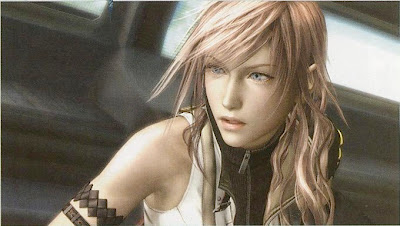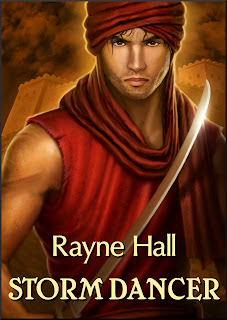- by Tara Maya
5 Secrets of the Kickass Heroine
Kickass heroines are all the rage. But it’s tricky to do right. I’ve read some books that do a terrific job… and others that aren’t convincing.
1. Less Talk, More Action
The first time we meet Katsa in Graceling, she is knocking out guards, breaking into a dungeon and rescuing a prince. A quick flashback shows her accidentally killing a child-molester with one blow when she was only eight years old–the first time her Grace showed up. Since we have seen her amazing martial arts skills and innate ability to defend herself in action, her position as Utterly Badass is secure.
However, I’ve read other books where characters keep talking about what a badass the heroine is… without much evidence. They mention that she trains or that she “could beat any guy here” but when we finally see her in action, she’s sick at the sight of blood, or doesn’t want to kill. Huh?
2. Morality is Relative
A badass heroine needs to be strong, even ruthless, without being devoid of compassion. This is true for a hero as well as a heroine, but the fact of the matter is that readers are less forgiving of a unforgiving heroine than a hero. People even complained that Katniss was too hard, although her character was perfectly consistent.
3. Defeat Lesser Baddies First
There are two opponents who will typically throw the Badass Heroine for a loop. One is the Big Bad. Naturally, he / she /it has to be pretty crazy awful or the final battle will be anti-climatic. A Big Badass deserves a Big Bad. But… don’t have them fight all at once. Because the first time, the Big Bad is going to wipe the floor with the heroine, and it has to be clear this is because the Big Bad is THAT POWERFUL not because the heroine is a timid little girl.
The other one who will nix the mojo of any hotblooded heroine is the Hot Guy. He may be her equal of the field of martial arts or he may defeat her by some other equally powerful but totally different kind of talent or he may freeze her with Pure Hotness.
To truly display her awesome, a badass heroine needs to easily dispatch lesser threats before she meets a threat — or a boy — that she can’t immediately overcome. In Paranormalacy, we see Evie bag a creature, and understand this is ordinary business for her. Only after that does she encounter a bigger danger than she can handle… an invisible boy.
4. Juggling Gender Roles
Another issue that always faces a badass heroine (but not a hero) is how much her society approves her martial prowess. Even if she is a contemporary urbanite or a futuristic soldier, she may encounter people who think a woman “shouldn’t”. If she is from a feudal, quasi-medieval world, or from a sexist, quasi-medeival dystopia, she’s going to have to oppose everything her people believe in to fight for herself. It has to be convincing that she could learn to fight, want to fight and have the opportunity to fight.
It might help if she belongs to a subculture or has a “special” circumstance that works against the majority culture. But if she, alone, out of all the world, has contemporary feminist values, that’s going to be pretty hard to believe.








